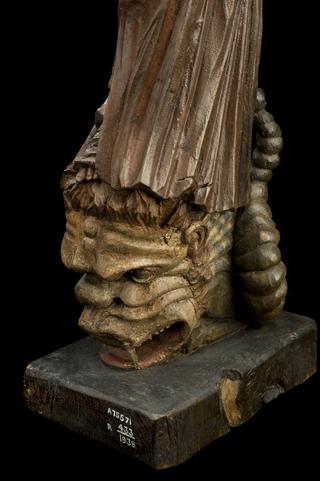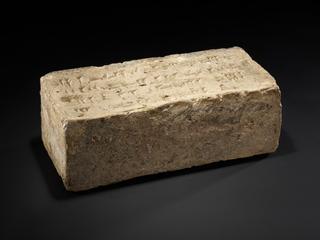
Ashes from inside the glass cinerary urn with double-looped handles
- Made:
- 1-200 CE in Europe
Ashes from inside the glass cinerary urn with double-looped handles, Roman, Western European, 1 to 200 AD
Inside this small Roman glass cinerary (or cremation) urn are fragments of human bone. Cremation was perhaps the most common form of burial among Romans at this time. It was largely replaced by burial by the 4th century CE due to the spread of Christianity. Early Christian belief taught that the body had to remain whole in order to be resurrected. Urns like this help historians understand the mortuary customs of past civilisations, while the bones give scientists information about the people themselves. t dates from the 1st or 2nd century CE and is made of blown glass. This technique developed around the end of the 1st century BCE and it enabled the production of intricate and symmetrical shapes.
Details
- Category:
- Classical & Medieval Medicine
- Collection:
- Sir Henry Wellcome's Museum Collection
- Object Number:
- A628612/1
- Materials:
- ashes
- type:
- human remains
- credit:
- Wellcome Trust




